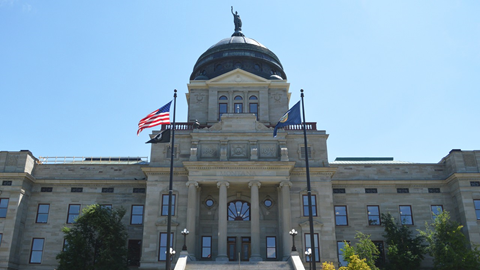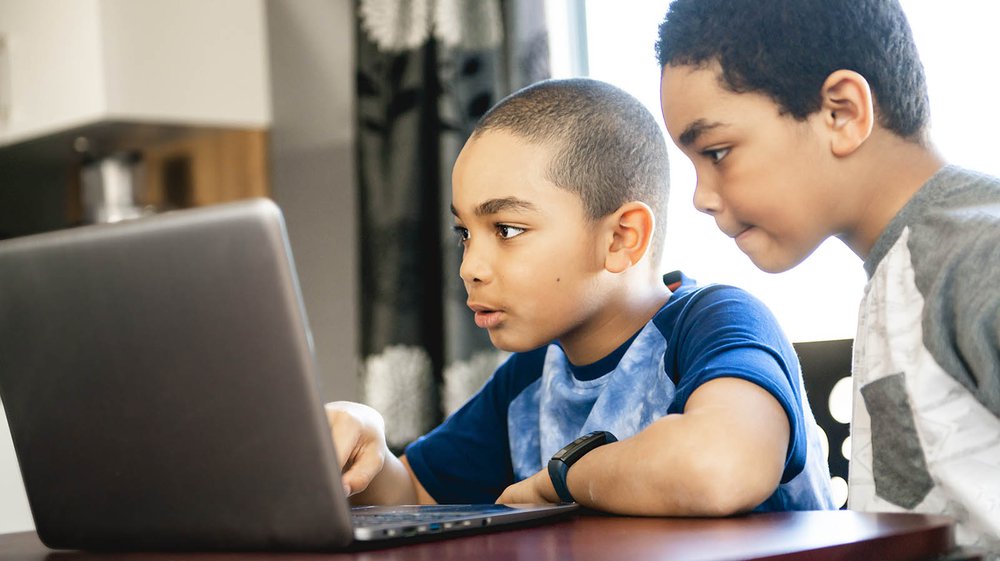The Digital Divide Has Narrowed, But 12 Million Students Are Still Disconnected – By Emily Tate, EdSurge
When schools closed last March, roughly 16 million U.S. K-12 students lacked access to a working device, reliable high-speed internet or both. In the months that followed, many states and school districts mobilized, using federal CARES Act funding, broadband discounts and partnerships with private companies to connect their students and enable online learning.
Those efforts have made a dent, according to an analysis from Common Sense, Boston Consulting Group and the Southern Education Foundation. As of December 2020, the number of students impacted by the digital divide has narrowed to 12 million.
This progress is “significant,” write the authors of a report that details the groups’ findings. But that’s still far too many students who remain unconnected or under-connected, especially as virtual learning continues in almost half of schools. What’s more, they write, is that the solutions devised in 2020 are “largely nonpermanent.”
“The majority of efforts since March 2020 are temporary, stop-gap measures,” according to the report. “In total, more than 75 percent of efforts will expire in the next one to three years based on current funding sources.”
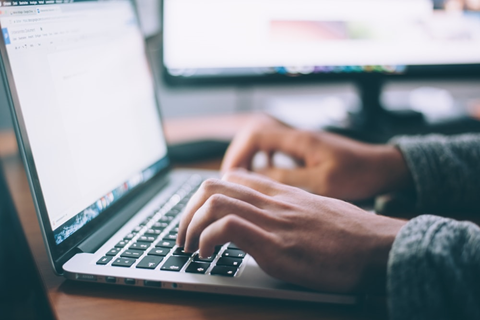
What happens to children who missed kindergarten during Covid-19 crisis? – By Karen DeSouza, EdSource
Many California parents dreaded returning to remote learning last fall, but they did it anyway, holding onto hopes of going back to campus at some point during the school year.
But for those whose children were just entering kindergarten, the decision to commit to distance learning was a far tougher choice: Wrangling a 5-year-old in front of a computer screen for several hours a day requires constant supervision, technical assistance and cajoling, an impossibility for many working parents, particularly essential workers and those juggling multiple children.
Faced with the rigors of distance learning, some kindergarten parents decided to keep their children in preschool, a safe and familiar option that allowed the in-person interaction that small children crave. Affluent parents may have also opted to send children to private schools, which often have the larger campuses and smaller class sizes that make in-person instruction safer. Low-income families may have opted out of schooling entirely during the strife of the pandemic.
Early childhood advocates warn that some of these children may well struggle when it is time to go to first grade in the fall.
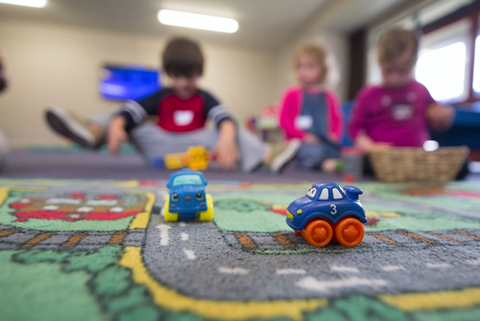
'COVID slide' research shows younger, lower-income students fared worst - By Shawna De La Rosa, K-12 Dive
The data from PACE, a nonpartisan university-based research organization, reflect what was long expected: Spring school closures due to the COVID-19 pandemic would result in significant learning loss, which has come to be known as the “COVID slide.” It was previously expected the school closures would cause two to four months of learning loss, especially in math and reading. Data from NWEA, for instance, indicated students would return in the fall with about 70% of typical learning gains in reading and less than 50% of typical learning gains in math.
Districts are now grappling with how to bridge these divides, especially as many face limited funds and staff shortages. One solution is equal-access tutoring tailored to correct the slide. In this model, tutoring is offered in-school by adding 30 minutes to the school day. Tutors would work with groups of two to four students, with older students tutoring their younger peers, and college students tutoring as part of a work-study job.
High-dosage tutoring, which embeds tutoring for all students into the school day, is a personalized strategy with specific student-to-tutor ratios of less than three-to-one. A recent study found student-tutor ratios of more than three-to-one are less effective.
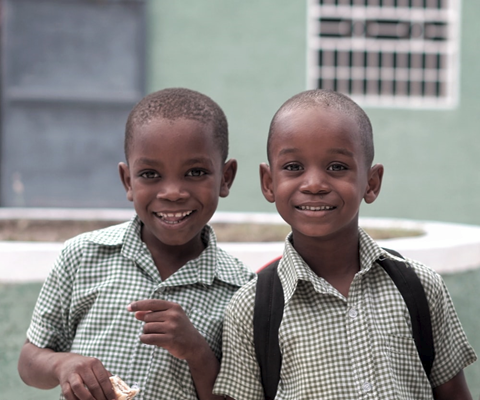
Campus free speech bill considered by Montana House – By Iris Samuels, The Eagle
The Montana House Judiciary Committee held a hearing Wednesday on a bill that seeks to protect free speech on public university campuses in the state — even as university administrators say their campuses already protect free speech.
Bill sponsor Rep. Mike Hopkins said that current university policy allows some groups, including conservative organizations, to be silenced on campuses, and that the measure would ensure that students are exposed to a broad range of views even if they do not agree with them.
“I might make you angry, you might make me angry,” said Hopkins, a Republican from Missoula, home to the University of Montana. “But I’m not going to shut you up and you’re not going to shut me up.”
That sentiment was echoed by several Montana university students who spoke in favor of the bill during the hearing. Some said they believed existing policies prevented them from voicing controversial viewpoints on their campuses.
“The current policies of University of Montana and other colleges around here put at risk that freedom and that right, that responsibility to develop ourselves intellectually and to grapple with things that we may not be comfortable with,” said Ethan Holmes, who graduated from the University of Montana in 2019 with a degree in Russian and political science.
